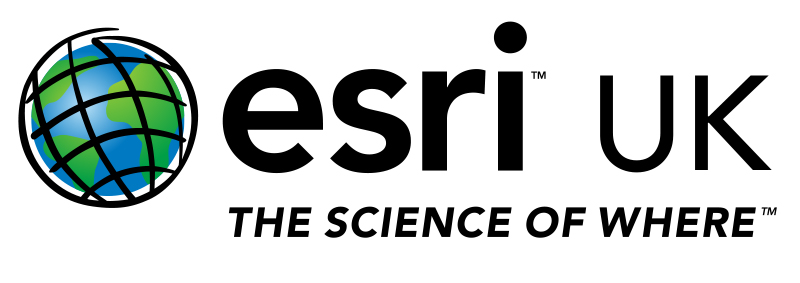Turn your transport models into compelling Story Maps
/In recent discussions with transport agencies, one of the top questions I have been consistently asked is what can they do to better communicate their models outputs with stakeholders?
My answer? Take their analyses and turn them into powerful, interactive Story Maps.
Creating Story Maps is a simple, yet effective way to highlight important information using a visual narrative.
For a bit of inspiration, I thought I’d share my top three transport Story Maps:
HS2’s Working Draft Environmental Statement Navigator Tool
Phase 2 of HS2 will extend the railway north from Birmingham. HS2 is currently consulting on a working draft of its Environmental Statement and have created a Story Map to help the public easily navigate through the relevant documents.
Olympia’s Transportation Master Plan
The city of Olympia asked their constituents to input into their city’s Transportation Master Plan - and what better way to communicate the results back to the public than by using a Story Map.
This clever Story Map integrates the community survey results with geo-analytics, to demonstrate priority areas and highlight action points as they define their 2020 plan.
Edinburgh’s Transport Story
Walk, cycle, train or car? What mode of transport do Edinburgh’s citizens prefer; where are they commuting from and to; and, how does the city measure in terms of using sustainable transport options? In this Story Map, you can explore how citizens travel within their city.
Effectively communicating your analyses to stakeholders is just as critical as calculating it. By adding one simple step to your reporting process, you can ensure your insights are meaningfully communicated.
On the 31 January 2019, our team, in partnership with transport modelling experts Citilabs and the National Transport Authority, will be hosting a webinar on how you can leverage applications such as Story Maps, to communicate your transport analyses. To find out more, register today:





